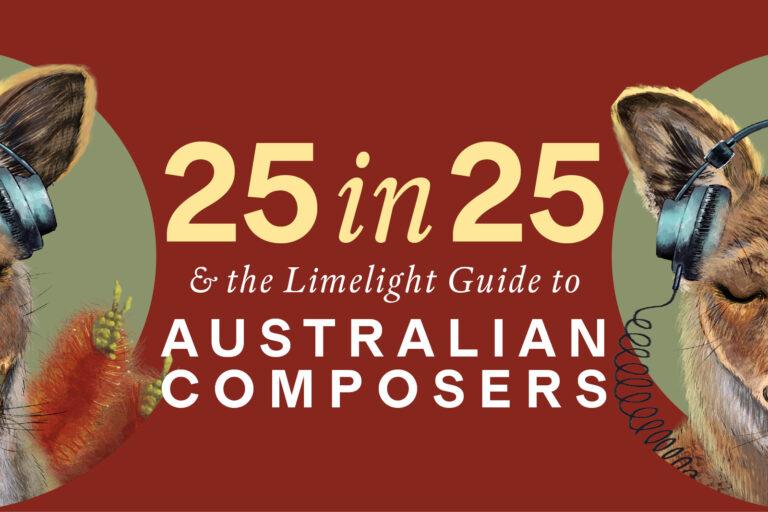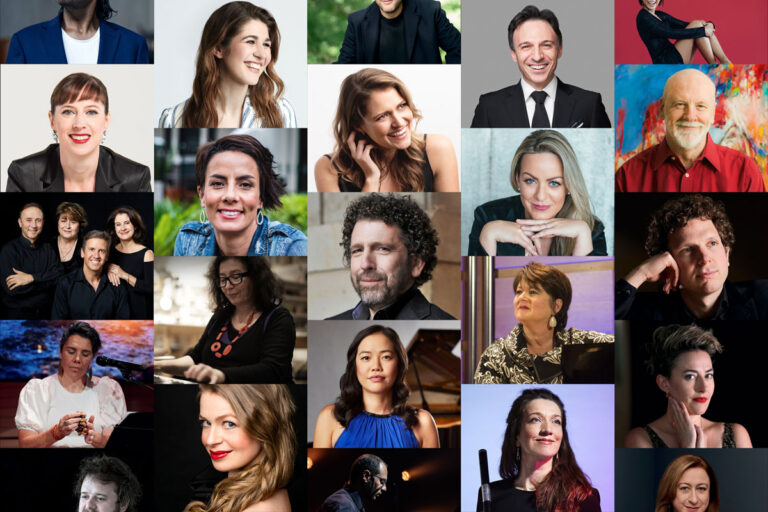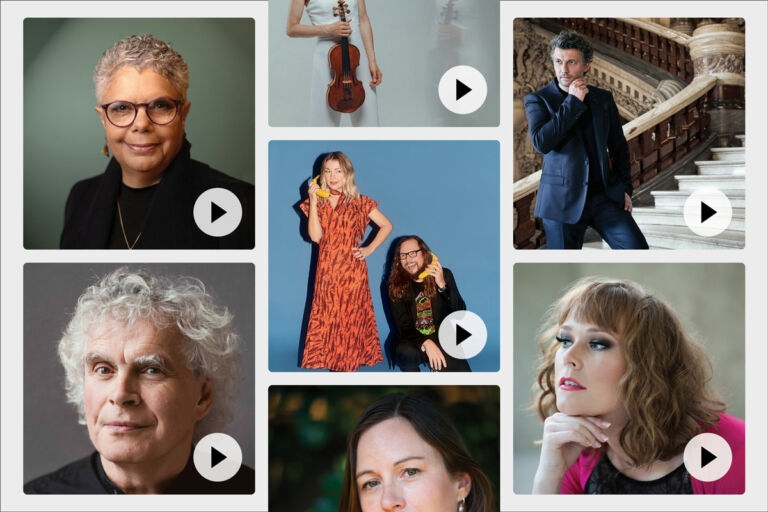A recent Quadrant review of Opera Queensland’s La bohème has sparked debate in the arts community – not for its two-star assessment of the production, but for criticising the company’s policy of including an Auslan-interpreted staging each season.
“It was only in Act III when I shifted my head slightly that my periphery spied a bizarre sight,” wrote Quadrant‘s music editor Alexander Voltz. “To the left of the stage, a mellow spotlight illuminated a signer; that is, a person performing sign language. Sign language. For the deaf. At the opera.”
In his review, Voltz wrote that he attended the performance “by chance”. Opera Queensland clearly identifies all Auslan-interpreted shows on its website.

Nina Korbe in Opera Queensland’s La bohème. Photo © Murray Summerville
The review prompted a strong response from arts and cultural leadership expert Samuel Cairnduff, who described Voltz’s comments in a social media post as “mean-spirited and backward-looking”.
“To call sign language at the opera a ‘bizarre sight’ is not simply obtuse – it is contemptuous,” Cairnduff wrote. “It ridicules accessibility and frames inclusion itself as an...
Continue reading
Get unlimited digital access from $4 per month
Already a subscriber?
Log in










Was it signed in Italian, as sung, or in English, as surtitled? How were musical themes like the opening of the overture, or the love motif, signed? How were musical techniques and accomplishments, like legatos, breathing, signed? Was Rodolfo’s final note in “O suave fanciulla” mentioned, or the quality of Mimì’s high C there? How is Puccini’s depiction of Rodolfo’s play thrown into the fire in act 1 signed, or Mimì’s manufactured flowers versus nature’s spring and its flowers? What about harp and flutes depicting snow in act 3? The horns sounding funeral bells in act 4? How are several total silences conveyed? The sound of the full orchestra after Mimì’s death?
I think Voltz has a point.
AUSLAN (or any other signed language) is not finger spelling, it’s a language in its own right (vocabulary, grammar, etc.), so the opera would not have been signed “in Italian” or “in English” but in AUSLAN.
My understanding, based on knowledgeable reports of signers at spoken theatre, poetry events and at concerts, is that the really good signers are excellent at signing in an interpretative or expressive way that goes well beyond simply communicating the literal words.